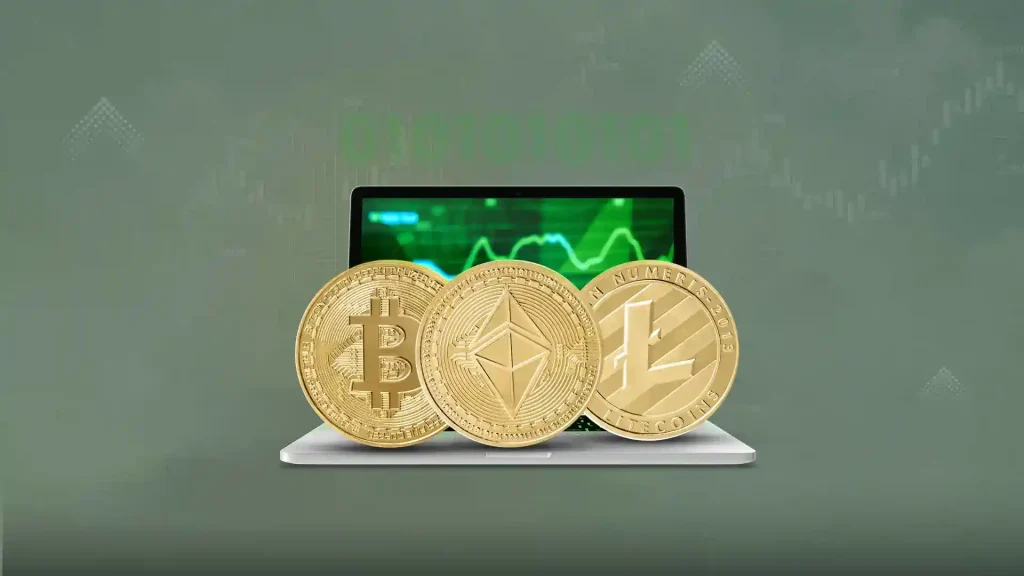Summary
In today’s digital age, digital assets have become a fundamental part of our everyday lives, ranging from cryptocurrencies to digital art and advanced technologies like blockchain and non-fungible tokens (NFTs). With increasing reliance on these assets across various sectors, whether financial or cultural, the need to secure them against growing threats has never been more important. So, how can digital assets be secured amid these escalating challenges?
What Are Digital Assets?
Digital assets refer to anything that can be stored and utilized in the digital realm. These include cryptocurrencies like Bitcoin and Ethereum, as well as digital content such as images, videos, and music, and blockchain-based assets like NFTs. Due to their tradable and digital storage nature, digital assets are attractive targets for cyberattacks.
Types of Digital Assets:
-
Financial Assets: Including cryptocurrencies traded across various platforms like Bitcoin and Ethereum.
-
Cultural and Artistic Assets: Such as digital art and NFTs, which have become a significant form of art in the digital age.
-
Tokenized Assets: Such as tokens and smart contracts traded or utilized on blockchain networks.
Why is Securing Digital Assets Vital?
It’s clear that digital assets face many risks that could lead to their loss or theft. Some of these risks include:
-
Cyber Theft: Increasing attacks on digital platforms result in the loss of assets due to hacks.
-
Market Volatility: For example, sudden changes in cryptocurrency prices can cause significant losses.
-
Loss or Misplacement: Losing access to accounts or forgetting passwords can make asset recovery extremely difficult, if not impossible.
Growth of the Digital Asset Market:
Studies show that the digital asset market has experienced unprecedented growth in recent years. According to projections, the digital asset market is expected to grow significantly, reaching $23.2 billion by 2031. This growth is attributed to the increasing use of digital assets across various sectors, from financial transactions to digital commerce and gaming.
Key Challenges in Securing Digital Assets:
Despite the many benefits digital assets offer, securing them is no easy feat. Some of the major challenges individuals and companies face include:
-
Cyberattacks and Fraud: Digital assets are constantly exposed to attacks from cybercriminals, making them vulnerable.
-
Market Volatility: Digital assets can be heavily affected by fluctuations in global markets.
-
Legal Risks: The absence of proper regulations in some countries makes securing digital assets more challenging.
How to Secure Digital Assets:
Securing digital assets requires the adoption of specialized technologies and services to ensure their safety. Some of the most effective methods of securing digital assets include:
-
Cold Storage: A method of storing cryptocurrencies and digital assets in wallets that are not connected to the internet, making them less susceptible to hacking.
-
Cybersecurity Insurance: Some companies offer insurance against cyberattacks targeting digital assets.
-
Multi-Factor Authentication (MFA): A method to enhance account security by requiring more than one step for verification.
Who Needs to Secure Digital Assets?
Individuals and businesses that own digital assets need to secure them against potential risks. This includes:
-
Cryptocurrency Investors: Who deal with valuable assets that are at risk of theft.
-
Digital Artists: Who sell their work as NFTs and need to protect their rights and creations.
-
Companies: That rely on digital assets for their operations or to offer financial services.
Challenges in Securing Digital Assets:
Although securing digital assets is critical, there are several challenges that stand in the way:
-
Lack of Legal Regulation: The absence of clear legislation on digital assets makes it difficult to apply effective security measures.
-
Growing Cybersecurity Threats: As technology advances, so do the methods of cyberattacks, making asset protection more complex.
-
High Costs: Some forms of insurance come with high costs, which may pose a barrier for smaller individuals or businesses.
Exclusions in Digital Asset Insurance:
While insurance can provide protection for digital assets, it does not cover all risks:
-
Loss of Access: Such as forgetting passwords or being unable to access wallets.
-
Natural Market Fluctuations: Insurance does not cover the sharp fluctuations that may occur in cryptocurrency markets or other digital assets.
-
Internal Fraud: If the damage is caused by negligence or breach by the asset owner, it may be excluded from coverage.
Future Trends in Securing Digital Assets:
The digital asset insurance industry is expected to evolve significantly in the future, with new technologies such as artificial intelligence and advanced analytics enhancing security measures. Experts predict that insurance options will expand to cover:
-
Insurance Against Advanced Cyberattacks: Utilizing AI to combat sophisticated cyberattacks targeting digital assets.
-
Insurance for Smart Contracts: Providing coverage for digital transactions reliant on smart contracts.
-
Customized Insurance Solutions: Tailoring insurance for specific digital assets like NFTs or blockchain tokens.
